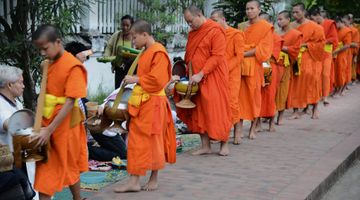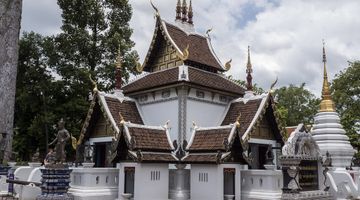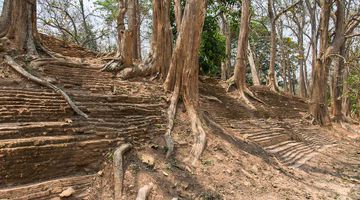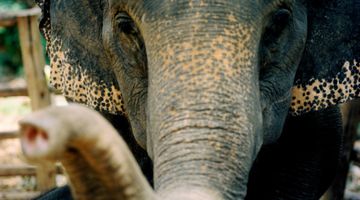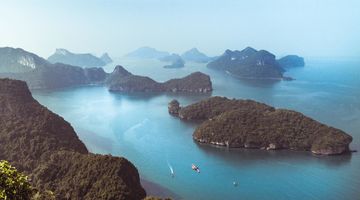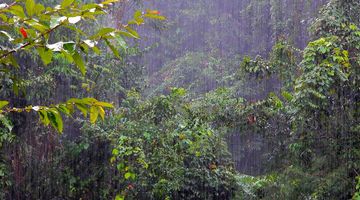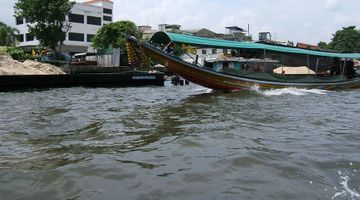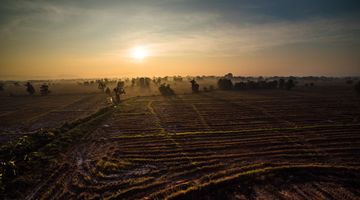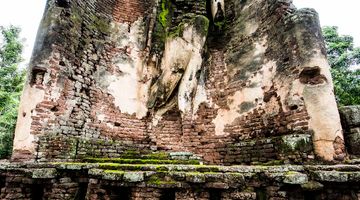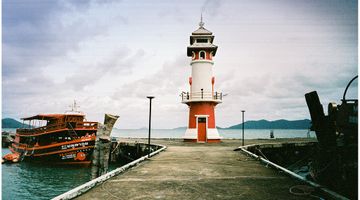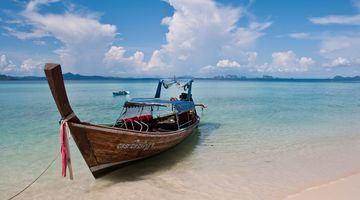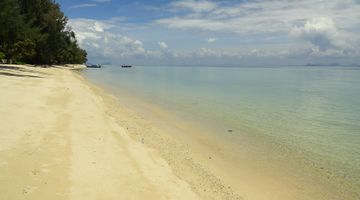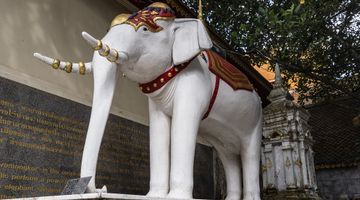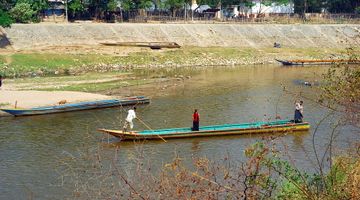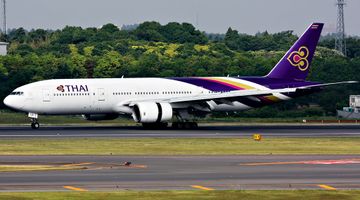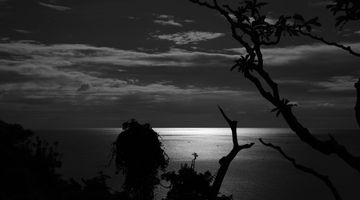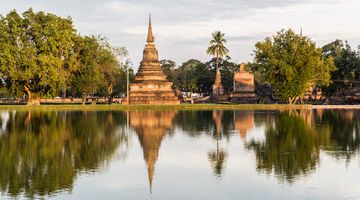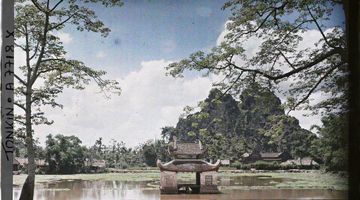Tak Tourist Attractions
Tak province is home to the largest and arguably the most beautiful waterfall in Thailand and this alone is good enough a reason to pack your backpack and set off for a multi-day adventure to some of the most remote areas of the country.
Visit the shrine of King Taksin the Great
Located on Charotwithithong Road, a few hundred meters east of the river, the shrine was built to commemorate the deeds of King Taksin the Great, one of the most revered kings in Thailand because of his predominant role in the liberation of the country from the Burmese invasion after the fall of Ayutthaya in 1767. King Taksin owns his name to the town itself, where he had been the governor before becoming the King. The original shrine was located in a temple on the other side of the river, but in 1947 the people of Tak decided to build a new one in the city centre in order to make it easier to pay respect and give honours to the King.
Wat Si Talaram and Trok Ban Chin
Wat Si Talaram is the oldest temple in Tak province. During a long time flash floods would regularly damage the temple – and actually the southern side of the city – during the rainy season until the riverbanks have been finally extended and the problem has been fixed. The original wooden building and the ordination hall which were once destroyed and then nicely rebuilt are the highlights of the visit to the temple. Inside the ordination hall there is a Buddha image dating back to the Ayutthaya kingdom.
In proximity to the temple you can visit one of the oldest parts of town, Trok Ban Chin. Prior to the change of the river flow it used to be an important trading centre for al the boats sailing down the river Ping. Nowadays very little is left, but some interesting traditional teak houses are still intact.
To get there, walk to the southern part of town along the river. It’s 2 km away from the King’s Shrine.
Thi Lo Su Waterfall in Umphang district
In the southern part of Tak province, a 260 km trip from town, in Umphang district there is the biggest waterfall in Thailand. It’s quite hard to get there any time of the year and during the rainy season the district becomes almost inaccessible. To get to the waterfall, be ready for a multi-day trip over one of the most remote areas of Thailand. It should be carefully planned and better done with a guide. The adventurous souls out there who will not be scared of by possible obstacles will be rewarded with one of the most breath-taking, untouched and non-touristy places in the country, where the nature is still wild and impressive and opportunities for trekking, hiking and rafting are endless.
Thi Lo Su is often referred to by travel books as one of the six most beautiful waterfalls in the world. Located in the Umphang Wildlife Sanctuary it features a giant drop 300 m high and 500 m wide. Several tiers are suitable for bathing and you can expect them to be almost deserted at most times of the year as domestic tourists are the only visitors of Thi Lo Su.
The road to the Wildlife Sanctuary is often closed between June and November making it virtually impossible to reach the falls during the rainy season. To get there you can arrange a tour from Umphang town; expect to pay roughly THB2000 for a full day tour that usually includes a couple of hours of rafting, but not the sanctuary entrance fee (THB200). Be prepared to do a bit of exercise since the waterfall is reachable only via a 3 km trek from the park headquarters.
From Tak you’ll need to take a bus to Mae Sot (THB90, 2 hours) sitting by the Burmese border and from there a slow songthaew will take 6 hours to bring you to Umphang (THB130). For recommendations about food and accommodation in Umphang please refer to the dedicated articles.
